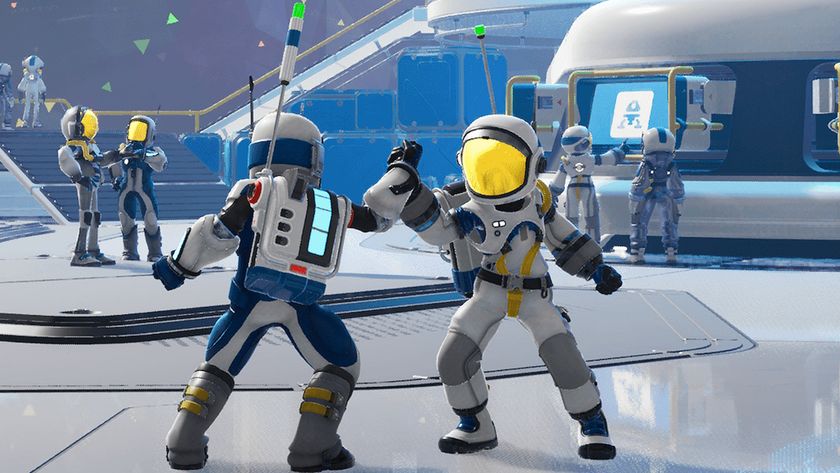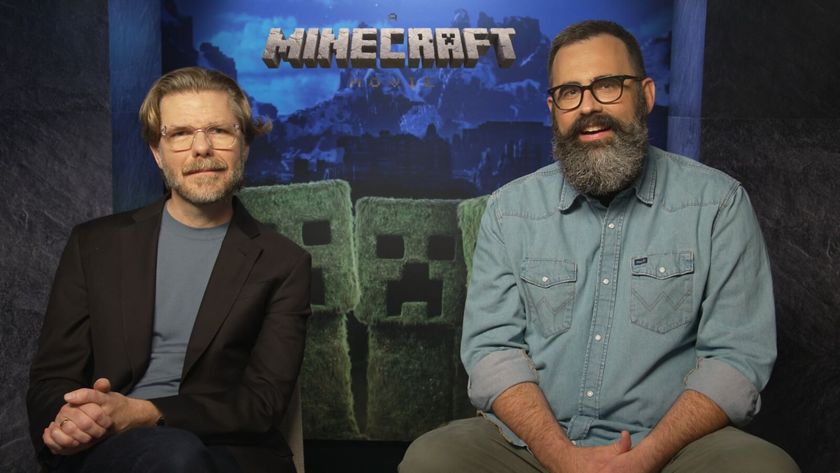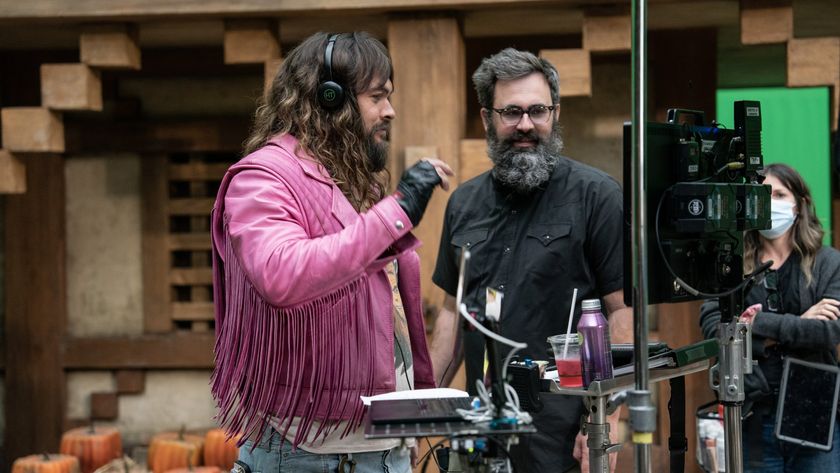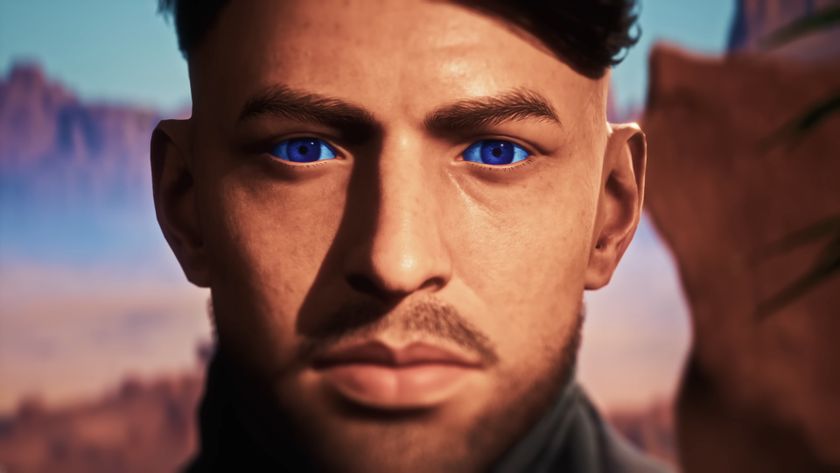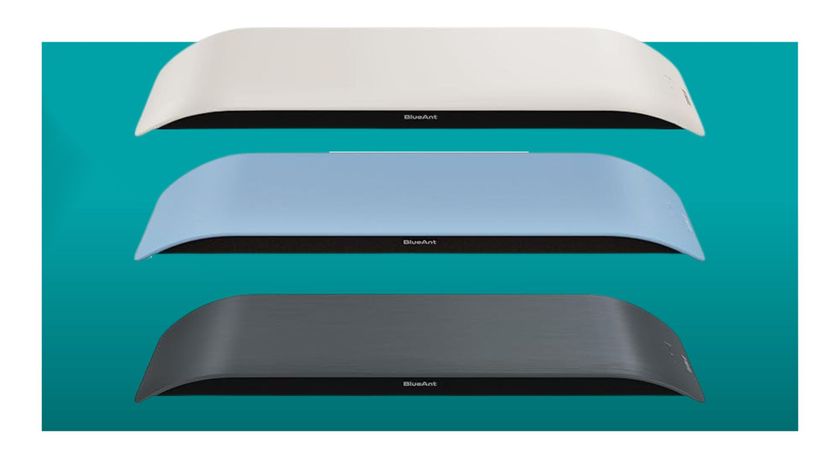Nvidia plans to make Earth 2 in Omniverse for climate modelling
Because they can't make us an Earth 2 for living on, yet.
Nvidia’s GTC event was held last week with tonnes of sessions and conferences on new technologies and how they’re being used. One in particular, showed off by Nvidia CEO Jensen Huang could be pretty huge for computing power which we may even see come to gaming. It’s all about making that Million -X leap.
Though this isn’t the first time we’ve seen big, and slightly confusing dreams from the Nvidia CEO. However, the company does continue to do cool things with its AI tech. Check out these words as they turn into photorealistic images.
According to Nvidia, researchers are attaching a set of three thrusters to achieve accelerated computing. Accelerated computing is all about using specialised hardware to allow parallel processors, rather than serial ones, to speed up work time. We’ve seen speeds increase by over 1,000x thanks to accelerated computing. This allows researchers to do amazing things, like using deep learning to dramatically increase the speed of quantum chemistry to help get medicines made much faster than before.

Best CPU for gaming: the top chips from Intel and AMD
Best graphics card: your perfect pixel-pusher awaits
Best SSD for gaming: get into the game ahead of the rest
Next up, Nvidia wants to use this Million-X computing to build a second Earth. Unfortunately it’s not at the point where it could be for living on, but instead is intended as a climate model. Making an Earth 2 in Nvidia’s Omniverse will allow for climate change modelling at a more regional level. Being able to predict how our planet might change may just give us a leg up, or just be horrifying to watch in advance.
The simulations don’t end there. Accurate recreations of factories and cities have been constructed by researchers using this technology. Running high tech simulations in digital environments is bound to help in increasing efficiency and safety in many cases. In others it may just look cool, but that’s ok too.
We’ve projected the convergence of:- GPU-accelerated computing- Deep learning, and- AI supercomputerswill drive Million-X speedups, making unsolvable challenges solvable.What’s your #MyMillionX challenge? Read more: https://t.co/S5hDFdAcXs pic.twitter.com/dZEZKBebnENovember 17, 2021
As a part of this Million-X performance announcement, Nvidia is encouraging developers to share their projects online with the #MyMillionX and tagging @NVIDIAHPCDev. It will be interesting to see what people come up as the tag picks up traction.
The biggest gaming news, reviews and hardware deals
Keep up to date with the most important stories and the best deals, as picked by the PC Gamer team.

Hope’s been writing about games for about a decade, starting out way back when on the Australian Nintendo fan site Vooks.net. Since then, she’s talked far too much about games and tech for publications such as Techlife, Byteside, IGN, and GameSpot. Of course there’s also here at PC Gamer, where she gets to indulge her inner hardware nerd with news and reviews. You can usually find Hope fawning over some art, tech, or likely a wonderful combination of them both and where relevant she’ll share them with you here. When she’s not writing about the amazing creations of others, she’s working on what she hopes will one day be her own. You can find her fictional chill out ambient far future sci-fi radio show/album/listening experience podcast right here. No, she’s not kidding.
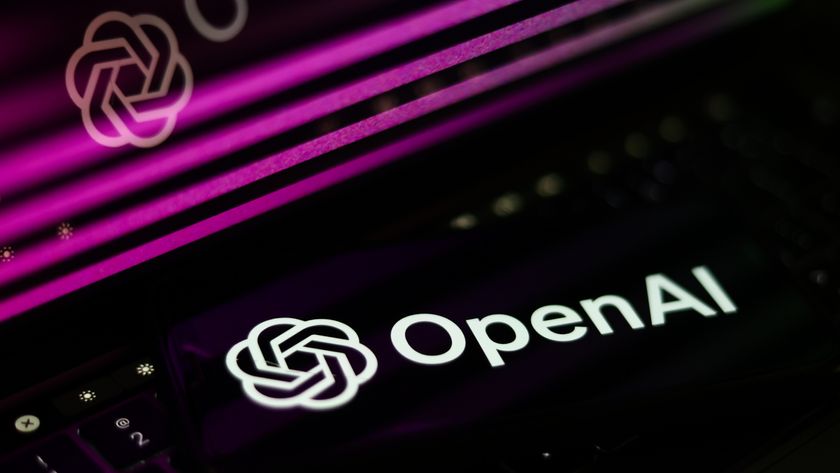
OpenAI finalises deal for $40 billion in investments, raising company value up to $300 billion, but there's a catch to receive it all
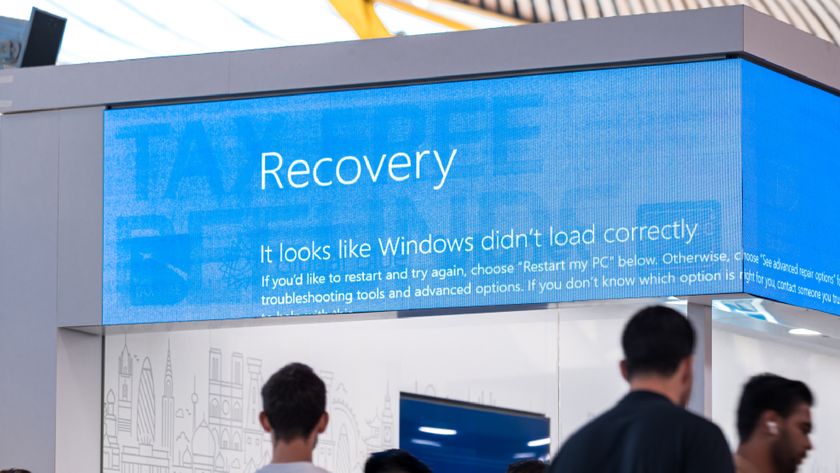
'When a widespread outage affects devices from starting properly, Microsoft can broadly deploy targeted remediation': MS introduces 'quick machine recovery' for Windows 11
